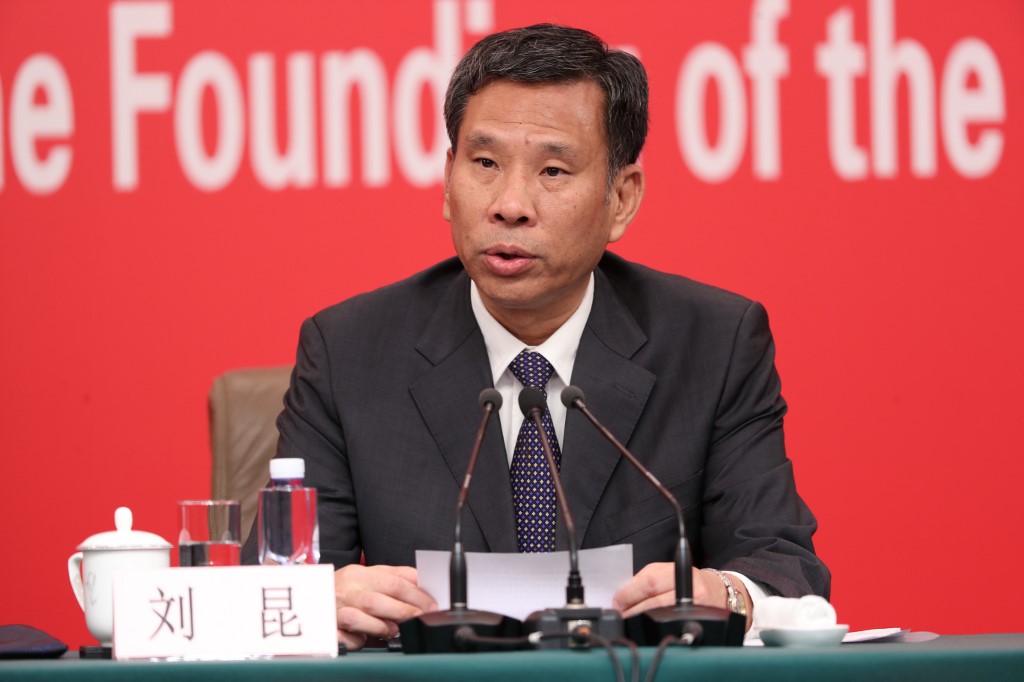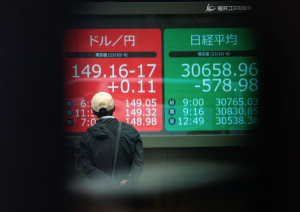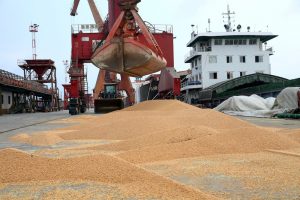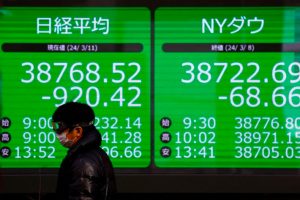(ATF) China’s Ministry of Finance issued a notice last week that requires newly issued special bonds, plus those due to be issued in the near future to be coordinated with anti-epidemic special treasury bonds and general bonds.
The ministry has done this to coordinate the rhythm of issuance to maintain stability in the bond market. It hopes to complete the issuance of special bonds by the end of October.
Also, the maturity of special bonds should match the maturity of the principle project to reduce risk, it said. The directive was titled “Notice on Accelerating the Issuance and Use of Special Bonds for Local Governments.”
According to data released by the ministry on August 4, as of the end of July, a total of 378.6 billion yuan of local government bonds had been issued this year, along with 2.266 trillion yuan of new special bonds.
The latter figure is 60.4% of the plan to issue 3.75 trillion yuan of special bonds this year, and leaves nearly 1.5 trillion that can be issued by the end of the year. But the MOF wants the full quota issued by October. Therefore it is safe to say August and September will see peak issuance of special bonds.
Peng Yongtao, director of the Investment Department of the National Bureau of Statistics, was reported to have told Phoenix TV that the production and sale of construction machinery closely related to investment boomed in the first half of the year. The output of excavators, and concrete machinery products increased rapidly year-on-year, and sales of excavators have continued to rise.
A grassroots survey conducted by CME Construction Machinery Network showed that in July 2020, sales of excavators (including exports) reached 17,500 units, a year-on-year rise of about 42%. About 15,200 of these are for use in the domestic market, a year-on-year growth rate of about 49%. And about 2,300 units were for export, a year-on-year growth rate of about 7%.
Low-quality projects and other problems
But a person familiar with infrastructure projects told a reporter from China Times that the projects declared in local areas were of low quality, so that had become a problem.
“Many projects, especially those under the requirements of new infrastructure, are mostly ‘old wine in new bottles’. Officials had to repackage projects to meet the “new infrastructure” guidelines from the top leaders.
There is also a key problem in local supervision.
According to the ministry’s notice, special bonds must be used for public welfare projects with a certain income, with the scale of finance balanced with the project income. The focus is on transportation infrastructure, energy projects, agriculture, forestry and water conservancy, ecological and environmental protection projects.
But some funding was been put into projects eligible as public health facilities to be constructed, or disaster prevention and mitigation work. So it will be hard to line up how these projects will generate revenue.
Special bonds will continue to focus on “new infrastructure” and continue to expand the scope of investment. From the perspective of industry insiders, weather conditions in some areas are not suitable for some projects to start in October, so they need funds for land as soon as possible.
Special bonds were issued for the first time in 2015, with bonds totalling 100 billion yuan issued in that year. In 2016 and 2017, issuance expanded to 400 billion and 800 billion, respectively. In 2018, it exceeded 1 trillion for the first time and expanded to 2.15 trillion in 2019.
The scale of special bond issuance this year is set at 3.75 trillion yuan, an increase of 1.6 trillion yuan compared to last year, which had been the highest ever.
























